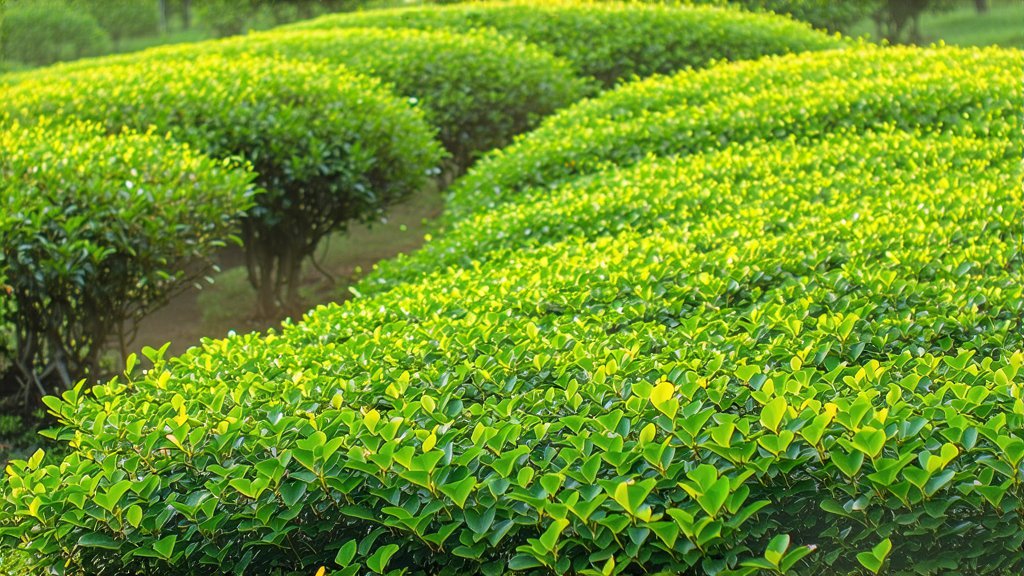
China, a nation steeped in millennia of rich cultural heritage, is renowned worldwide for its diverse and exquisite tea traditions. Among its vast array of tea varieties, Chinese Yellow Tea stands as a testament to the country's innovative spirit and mastery over tea cultivation and processing techniques. This article delves into one of the most revered representatives of this unique category—Junshan Yinzhen, offering an insightful exploration of its history, classifications, manufacturing process, and the art of tasting.
Historical Background
The tale of Junshan Yinzhen begins on the picturesque Junshan Island, nestled within the vast expanse of Dongting Lake in Hunan Province. Its origins trace back over a thousand years, with historical records indicating its presence during the Tang Dynasty (618-907 AD). However, it wasn't until the Qing Dynasty (1644-1912) that Junshan Yinzhen gained prominence, becoming a favorite among the imperial court and high-ranking officials due to its distinctive flavor profile and health benefits.
Types of Junshan Yinzhen
Junshan Yinzhen encompasses several grades based on the quality and size of the tea leaves. The finest among them is known as "Yinzhen," characterized by its slender, hair-like buds and young leaves, which are often described as resembling silver needles. Lower grades include "North Pole" and "South Pole," differing primarily in leaf size and maturity, with North Pole being more mature and robust compared to the tender South Pole.
The Art of Manufacturing Junshan Yinzhen
The production of Junshan Yinzhen is a meticulous process that demands precision and expertise. It starts with the careful selection of tea leaves from specific varietals grown on Junshan Island, ensuring only the freshest and finest leaves are harvested. The leaves then undergo a unique process known as "fixation," where they are briefly exposed to steam or hot air to halt oxidation, preserving their vibrant green color.
What sets Junshan Yinzhen apart from other teas is the "men huang" stage, a critical step where the fixed leaves are wrapped in bamboo mats and allowed to undergo controlled enzymatic activity. This process turns the leaves a distinctive yellow hue, imparting a subtle sweetness and a hint of fruitiness to the brewed tea. Afterward, the leaves are dried slowly to perfection, locking in their delicate flavors.
The Ritual of Tasting Junshan Yinzhen
Tasting Junshan Yinzhen is not merely an act of consumption but an immersive experience that engages all senses. To fully appreciate its nuances, one must follow the traditional Chinese tea ceremony, which emphasizes mindfulness and respect for the tea. Begin by selecting a suitable vessel, preferably a Gaiwan or a glass cup, allowing for both visual appreciation and aroma enhancement.
Use water heated to approximately 80°C (176°F) to avoid scalding the delicate leaves. Gently swirl the leaves in the hot water, observing their gradual unfurling and the transformation of the liquor to a pale golden hue. Inhale deeply to capture the faint yet enchanting aroma before taking your first sip. Allow the tea to roll across your palate, savoring its smooth texture and the interplay of sweetness, slight bitterness, and a lingering aftertaste that speaks volumes of the terroir and craftsmanship behind each cup.
In conclusion, Junshan Yinzhen embodies the essence of Chinese tea culture—a harmonious blend of tradition, innovation, and nature's bounty. Its journey from ancient times to modern-day tables serves as a reminder of our shared humanity and the universal language of tea that transcends borders and cultures. As you embark on your own exploration of this golden delicacy, may each cup bring you closer to understanding not just a tea but a piece of China's soul.